How do genomes evolve?
Biology 112, Diversity of Life
StFX Biology department, March 31st, 2021
Jesse McNichol, Postdoctoral Scholar, USC

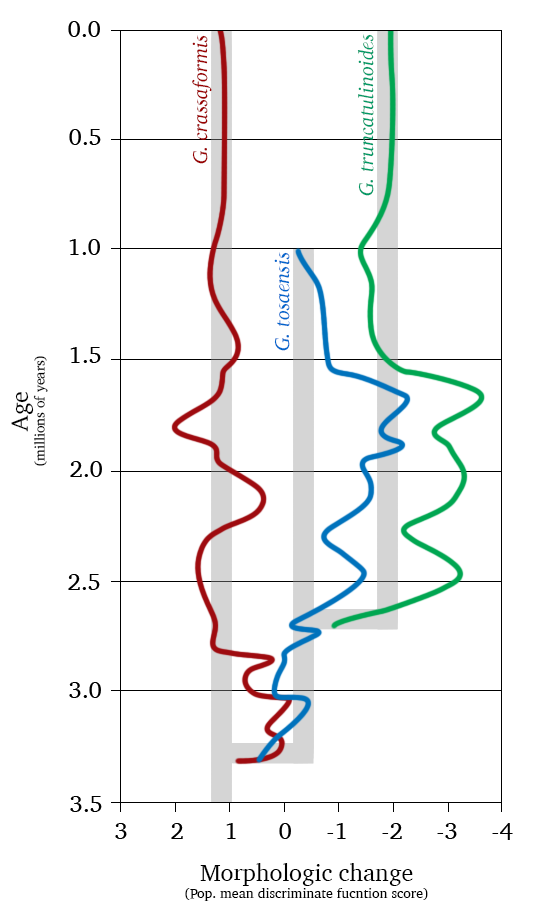

Genome evolution and progress
- What are some assumptions we have about the narrative of evolution?
- Do these ideas reflect how evolution really happens?

Today's questions
By the end of class, you should be able to answer to the following:
- How do different species emerge and develop new genomes?
- What led to the evolution of large genomes and complex life from small genomes and what processes reverse this trend?
Genomes evolve due to speciation
- Changes are "shuffled" or removed by selection
- Genomes diverge by random changes after shuffling blocked
- Future shuffling likely impossible
- Natural selection may be involved but not necessary


Genome size is decoupled from complexity
Note logarithmic scale
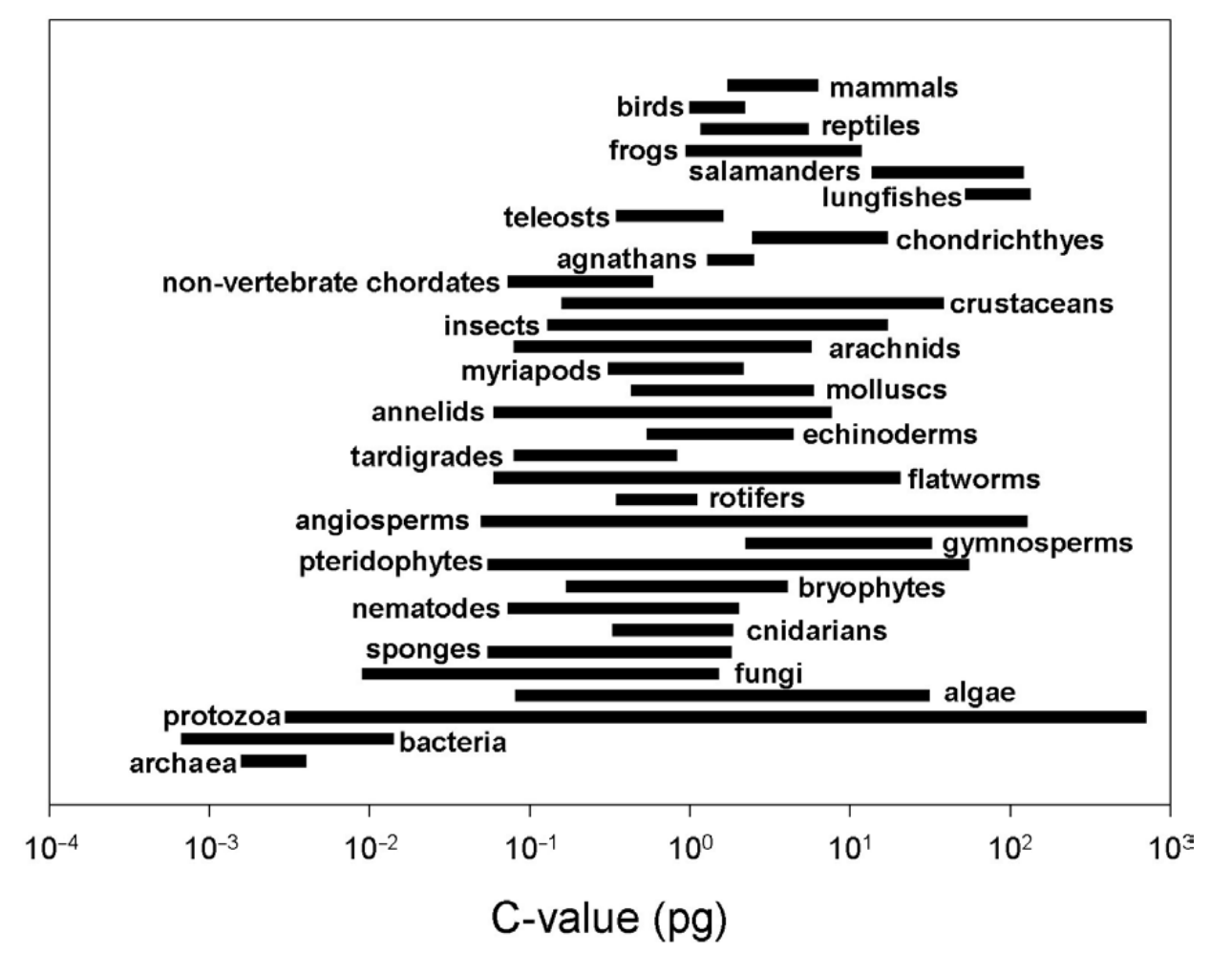
Humans
Genome size: bigger ≠ more complex

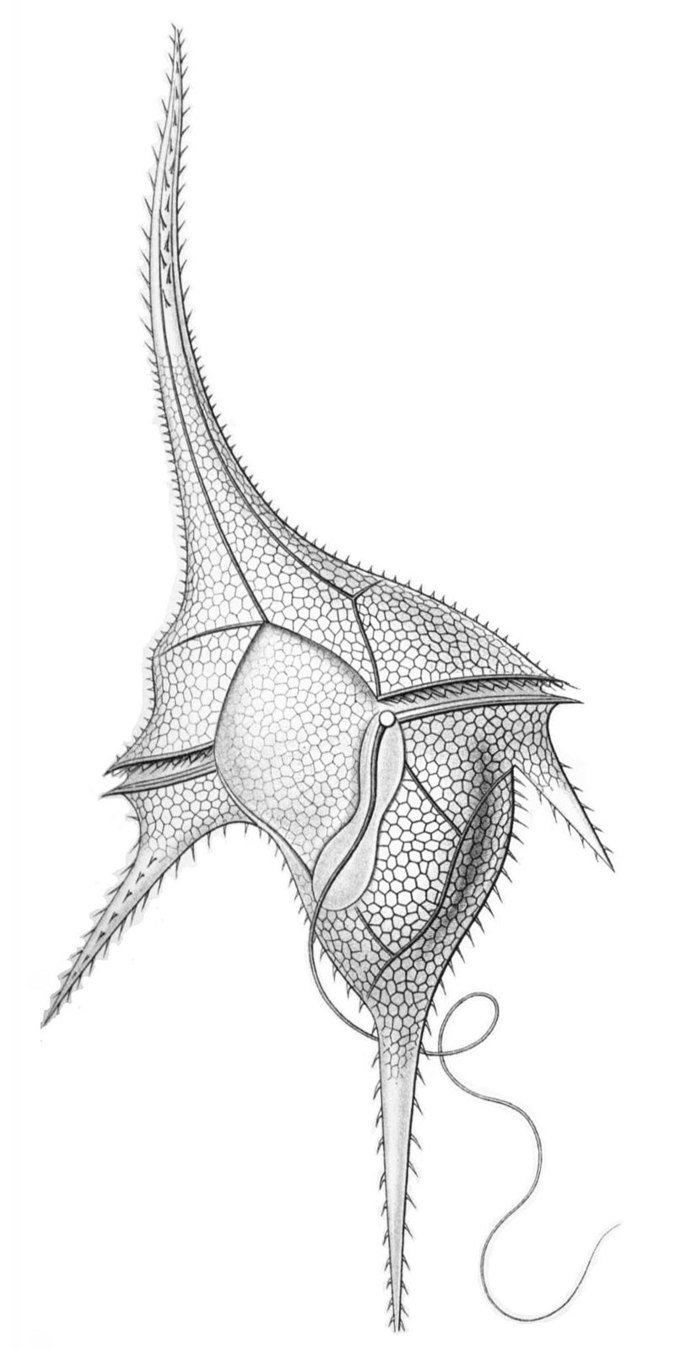
The case of dinoflagellates:
- A group of single-celled algae with genomes 1 - 80x bigger than the human genome!
- Is all this extra DNA just filling up space to make the cell bigger?
Genome size: A quantum leap

Simple prokaryotic genomes
Complex eukaryotic genomes
Genome size evolution
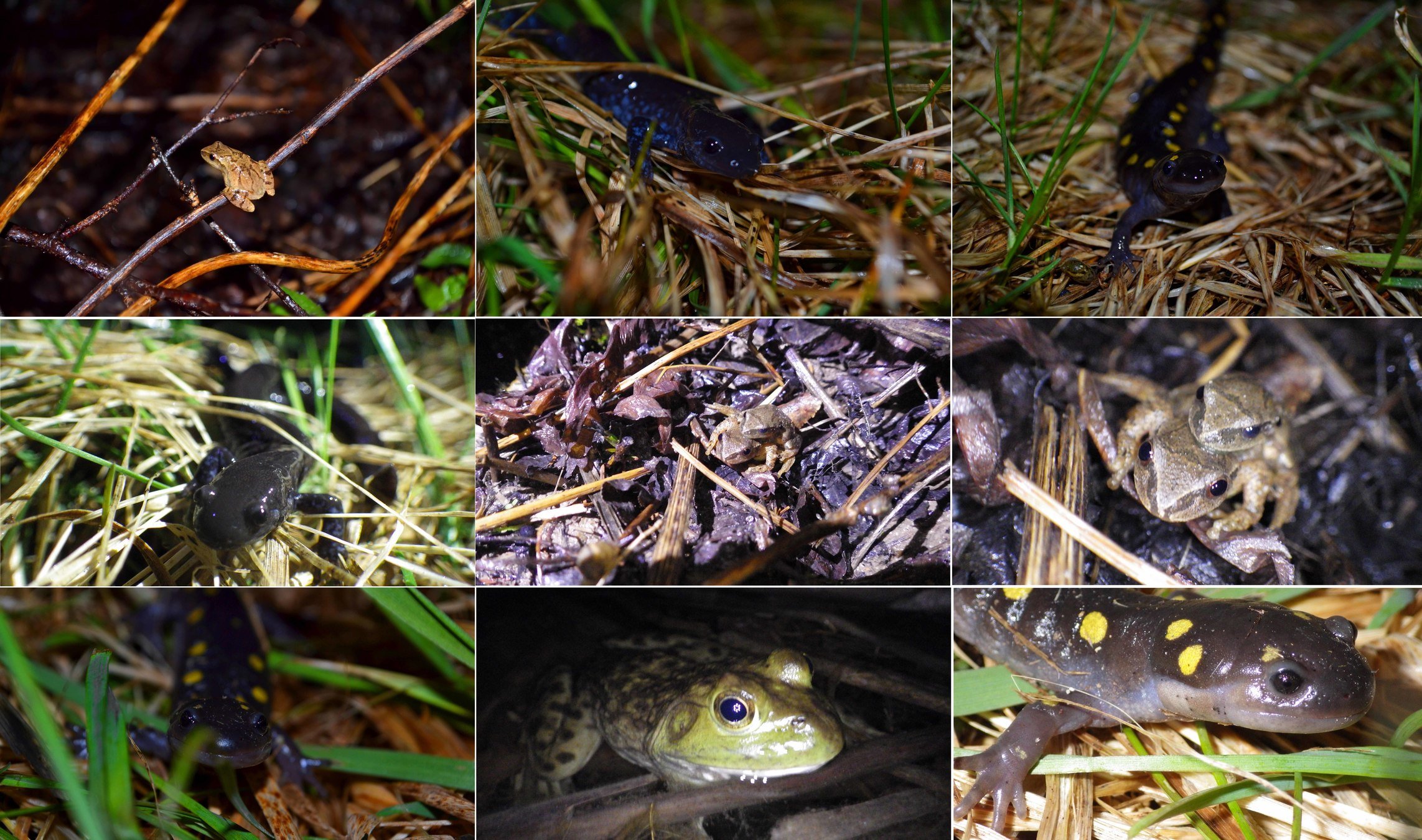



- Bacterial and Archaeal genomes stay within a narrow range
- Endosymbiosis provides power to support genomes at larger scale
Smallest free-living Eukaryote Ostreococcus
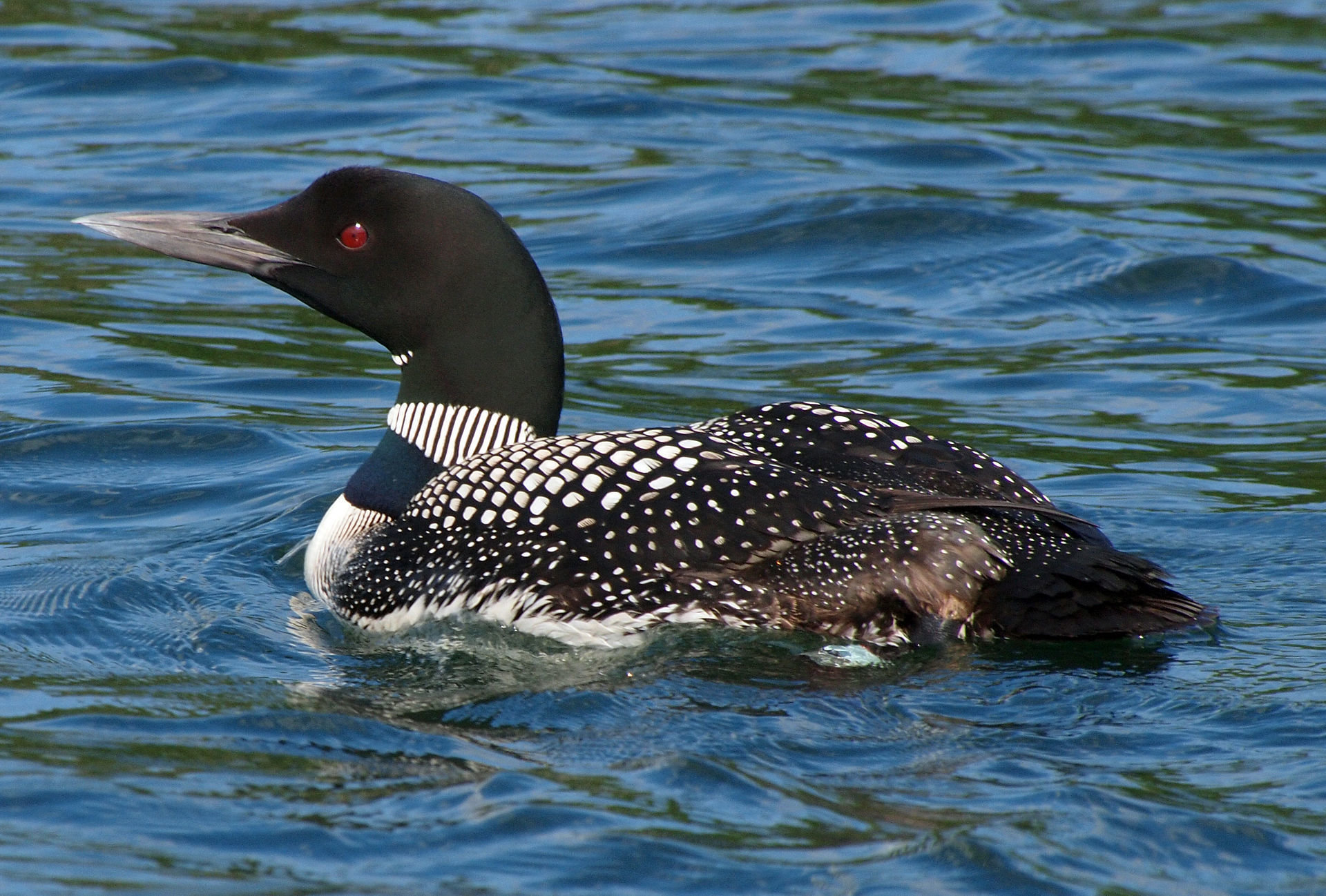
Birds have reduced non-coding DNA
Conclusions
- In a species, individuals "shuffle" genes; new species emerge when "shuffling" is blocked and genomes diverge
- Bacteria / Archaea merger broke "genome size barrier"
- Size could then increase, but is decoupled from complexity
- Streamlining reduces genome size and complexity









References:
Speciation diagram:
- Andrew Z. Colvin (en.wikipedia.org/wiki/User:Azcolvin429)
Genome size diagram:
- T. R. Gregory, “CHAPTER 1 - Genome Size Evolution in Animals” in The Evolution of the Genome, T. R. Gregory, Ed. (Academic Press, 2005), pp. 3–87.
Quickwrites:
- I. J. Leitch, Genome sizes through the ages. Heredity 99, 121–122 (2007).
- P. Ball, Smallest genome clocks in at 182 genes. Nature, news061009-10 (2006).
Other references:
- S. J. Gould, Full House: The Spread of Excellence from Plato to Darwin, Reprint edition (Three Rivers Press, 1997).
-
A. Spang, T. J. G. Ettema, Microbial diversity: The tree of life comes of age. Nat Microbiol 1, 16056 (2016).
-
H. Imachi, et al., Isolation of an archaeon at the prokaryote–eukaryote interface. Nature, 1–7 (2020).
-
S. J. Sibbald, J. M. Archibald, More protist genomes needed. Nature Ecology & Evolution 1, 1–3 (2017).
-
D. Hutchins, Plastic plankton prosper. Nature Climate Change 3, 183–184 (2013).
Other images: Own work / Wikimedia commons / Duckduckgo image search
Next time: Active research
Cheap DNA sequencing => new areas in genome evolution:

Prokaryotes:
- Novel lineages
- Pangenomes


Eukaryotes:
- Huge unsampled diversity
- Non-coding DNA & "function"

Group discussion + worksheet (2o minutes)
In groups of 3-5, discuss the following scenario, fill out the worksheet (2-3 sentences per question in your own words), and hand in by the end of class.
- During fieldwork, you discover two new species that have diverged from a common ancestor. Assuming you have their genomes and can identify coding / non-coding DNA, answer the following questions:
- What other processes other than geographic separation might be responsible?
- One of the two organisms' genomes is much smaller than the other. Assuming their common ancestor had a large genome, what potential factors could explain this difference?
Slides: https://tinyurl.com/genome-evo
- "Lowly" salamanders and liverworts with huge genomes:
- Explain answers
- Highlight student responses
-
Gnome genome: Tiny symbiotic bacteria in sap-feeding insects:
- Explain answers
- Highlight student responses
Review: Quickwrite responses
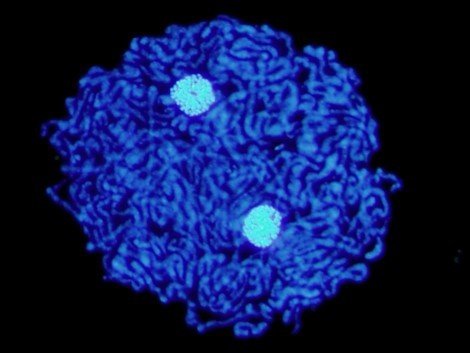

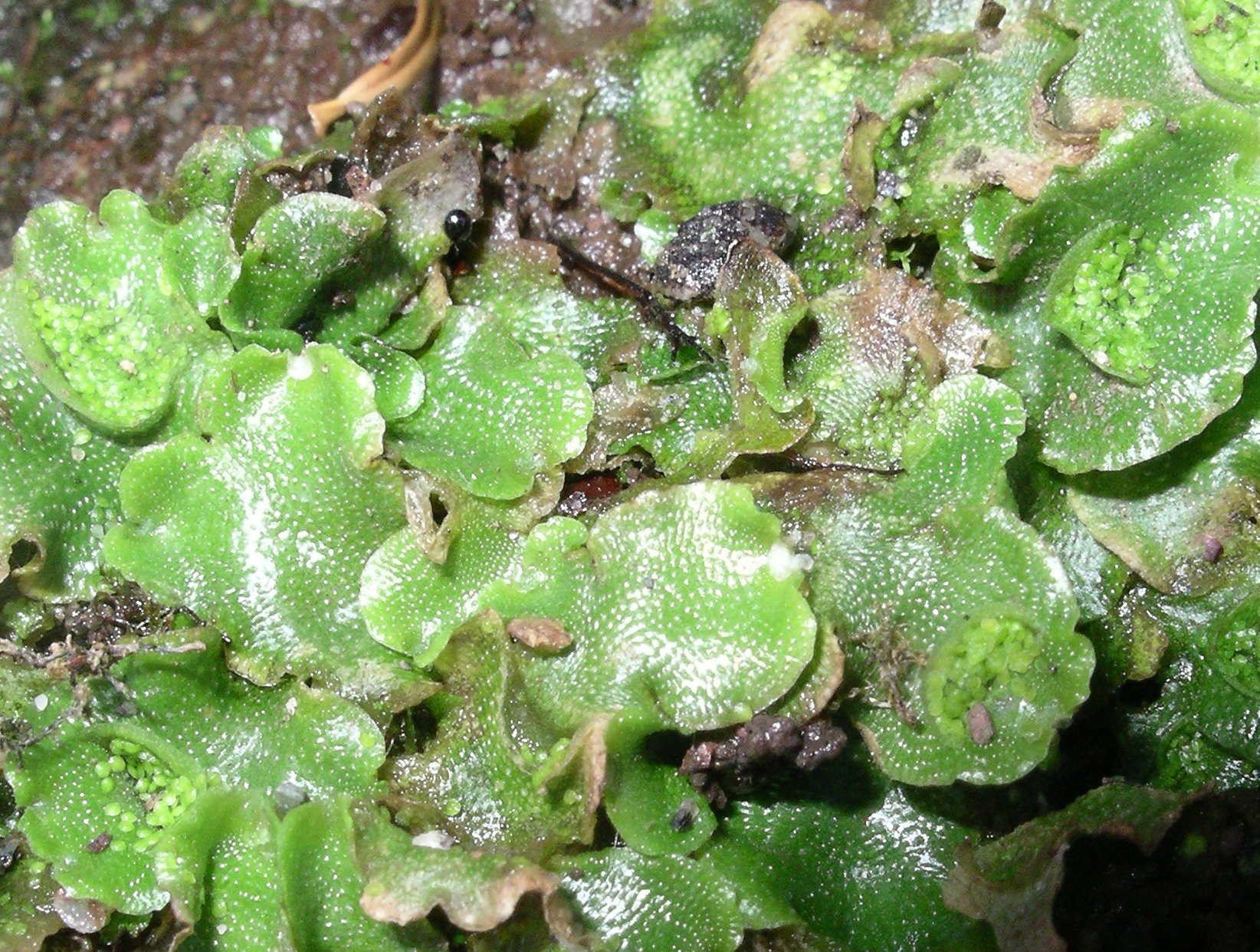
Bishop lab, StFX
References:
Speciation diagram:
- Andrew Z. Colvin (en.wikipedia.org/wiki/User:Azcolvin429)
Genome size diagram:
- T. R. Gregory, “CHAPTER 1 - Genome Size Evolution in Animals” in The Evolution of the Genome, T. R. Gregory, Ed. (Academic Press, 2005), pp. 3–87.
Other references:
-
A. Spang, T. J. G. Ettema, Microbial diversity: The tree of life comes of age. Nat Microbiol 1, 16056 (2016).
-
H. Imachi, et al., Isolation of an archaeon at the prokaryote–eukaryote interface. Nature, 1–7 (2020).
-
S. J. Sibbald, J. M. Archibald, More protist genomes needed. Nature Ecology & Evolution 1, 1–3 (2017).
-
D. Hutchins, Plastic plankton prosper. Nature Climate Change 3, 183–184 (2013).
Other images: Own work / Wikimedia commons / Duckduckgo image search
- A "recipe book" for a cell
- Language of DNA
- Genes code for proteins
- Coding and non-coding DNA
- Genome size varies hugely, even within groups
- Viruses: Tiny - small
- Prokaryotes: Small
- Eukaryotes: Small - gigantic



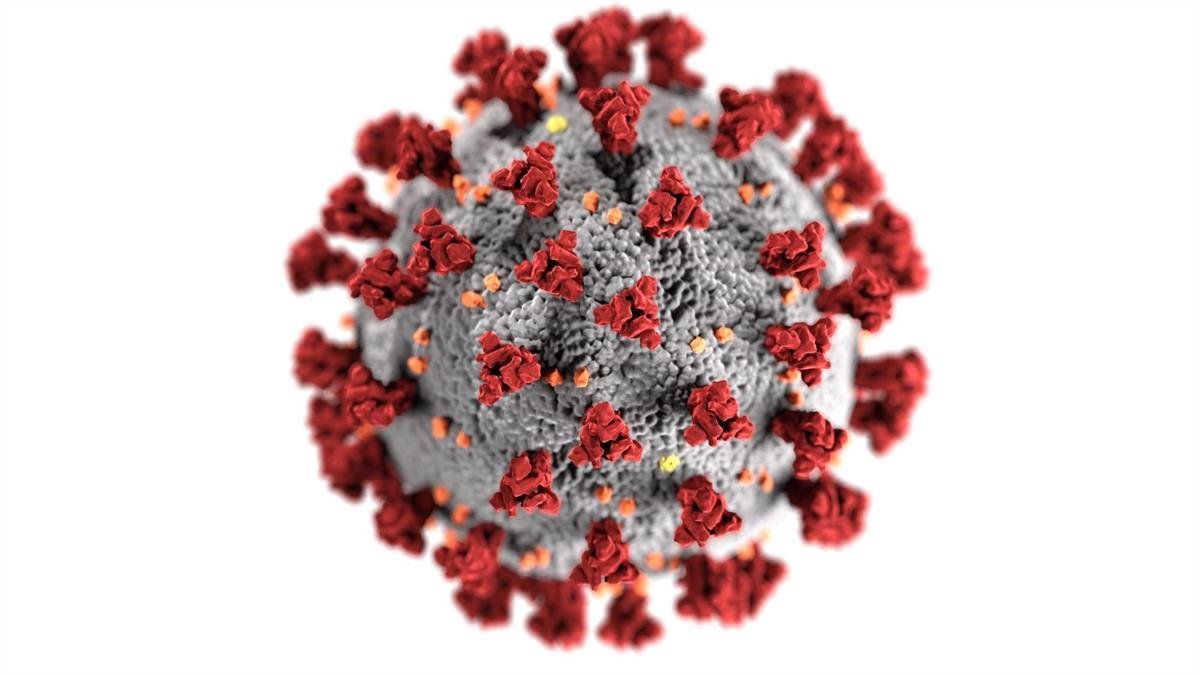


Review: Genome basics
Review: Factors causing genomic change
- Random processes are "raw material" for evolution:
-
Mutation alters DNA sequence
- Neutral, deleterious, or (rarely) advantageous
-
Shuffling mixes gene content:
- "Recombination" between similar sequences
-
Bulking up increases size:
- Duplication (gene / genome)
- Selfish genetic elements
-
Mutation alters DNA sequence
-
Natural selection "acts" on this raw material:
- Either remove or keep changes
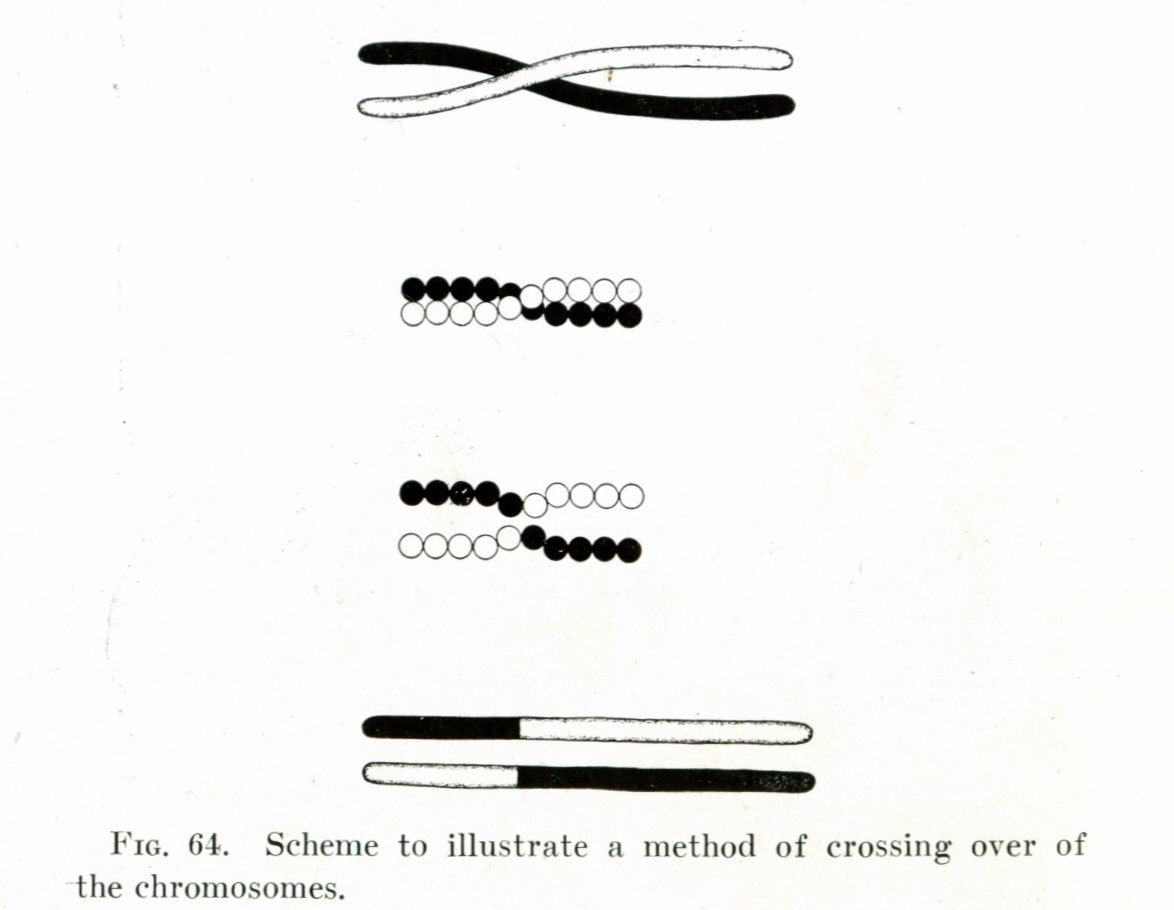


Focus on consequences,
don't worry about exact
mechanisms
Genome evolution and progress

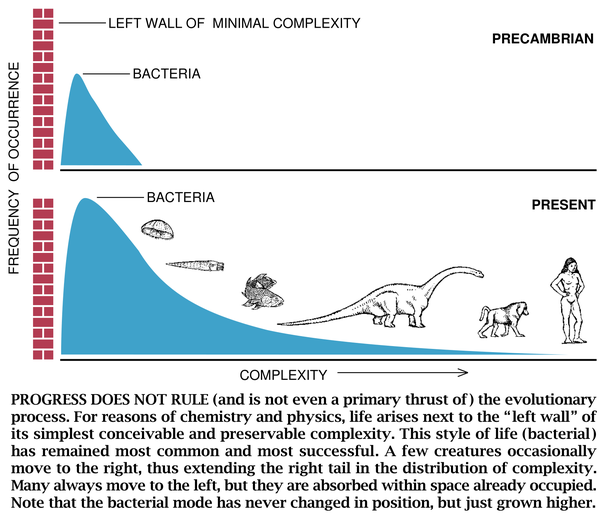
Image credit: Stephen Jay Gould: "Full House"
A two-way street
"quantum leap"

Review: Genome properties
Prokaryotes (small):
- Huge collective metabolic diversity
- High coding density


Eukaryotes (small to huge):
- High morphological diversity
- Low coding density
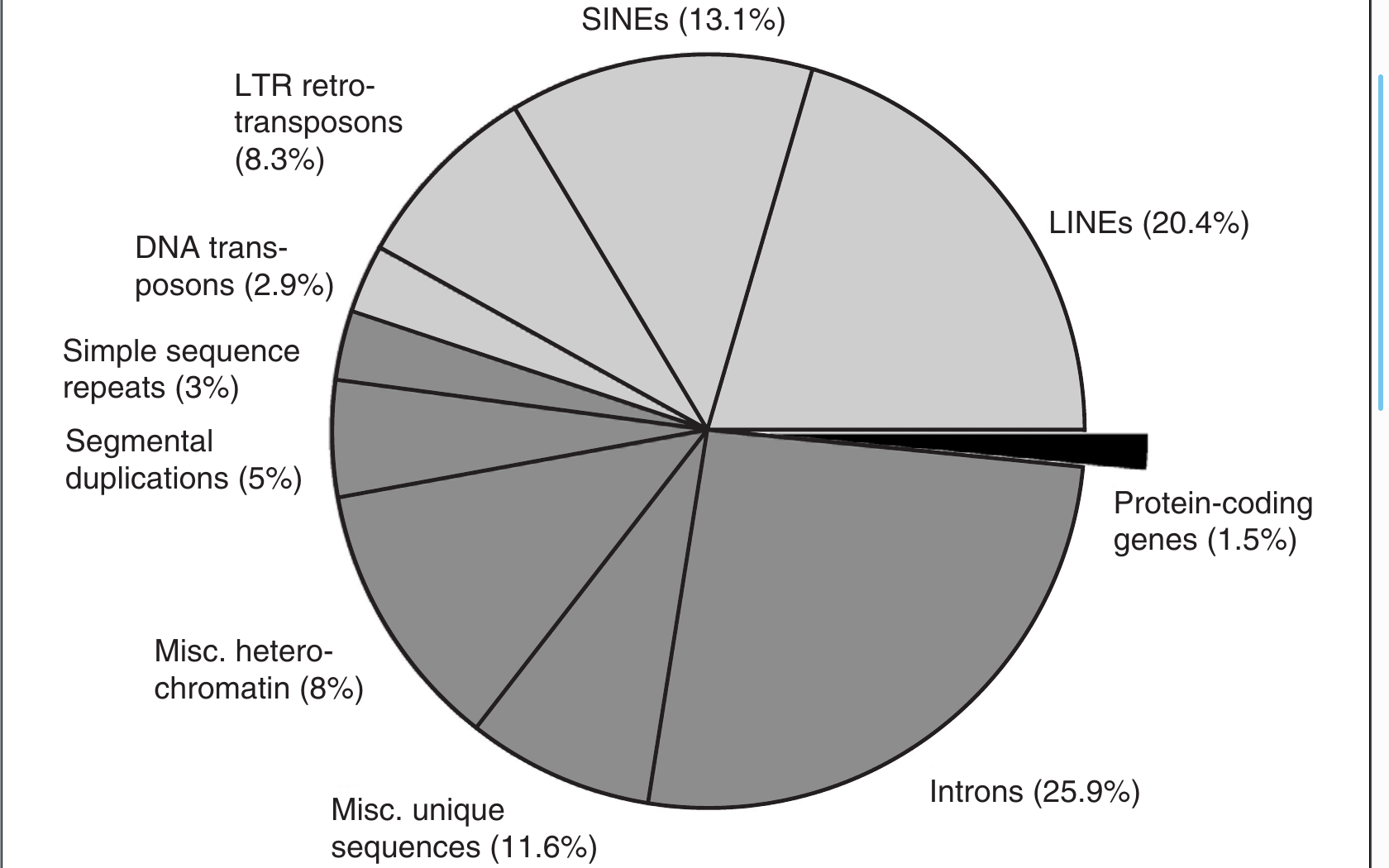


The process of speciation

- Divergence occurs due to factors such as:
- Different resource use (e.g. Darwin's finches)
- Geographic separation
- These are barriers to gene flow, causing species to diverge
Genome evolution at species level
- In a species, individuals "shuffle" genes; new species emerge when "shuffling" is blocked
1. Common ancestor:
- Changes are "shuffled" or removed by selection

Time (millions of years)
Difference
Modern
Ancient
2. Barrier to gene flow
3. Speciation:
- "Shuffling" blocked
- Genomes diverge by random changes & selection
- Future shuffling impossible
- Natural selection may be involved (not necessarily)
The process of speciation
Prokaryote gene flow:
- Horizontal gene transfer
- Direct exchange of DNA between cells
Eukaryote gene flow:
- Sexual reproduction
- Two organisms merge gametes

- Barriers to gene flow stop genetic "shuffling"
- Without "shuffling", genomes accumulate changes and diverge
Do bigger genomes have more functions?
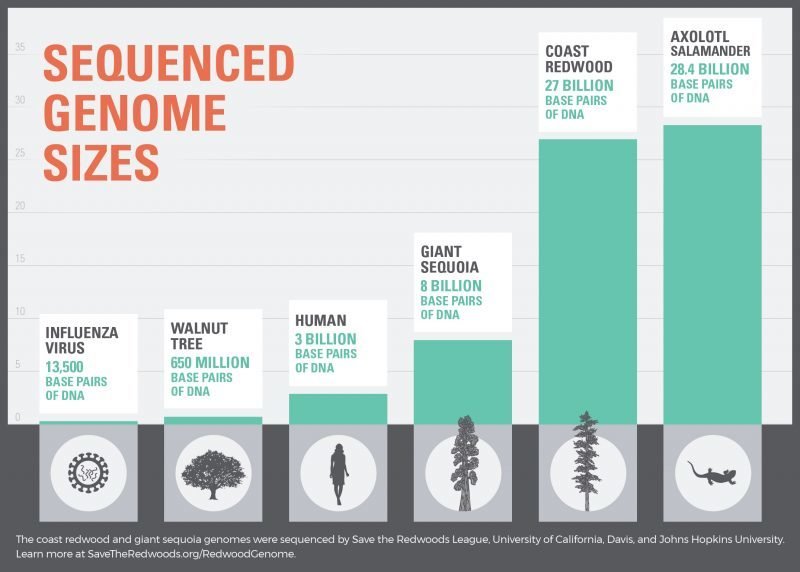


The case of dinoflagellates:
- Single-celled algae; genome size = 3-245 Gb (1 - 80x bigger than the human genome!)
- Just filling up space? Perhaps quite literally...
Oxygen, Ne, and genome size

1. Rise of oxygen
2. Endosymbiosis
3. Animal evolution
O2
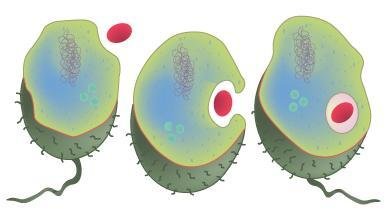
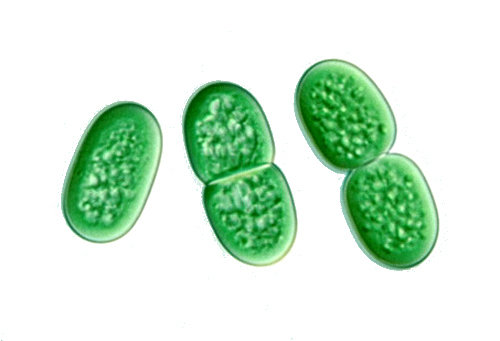
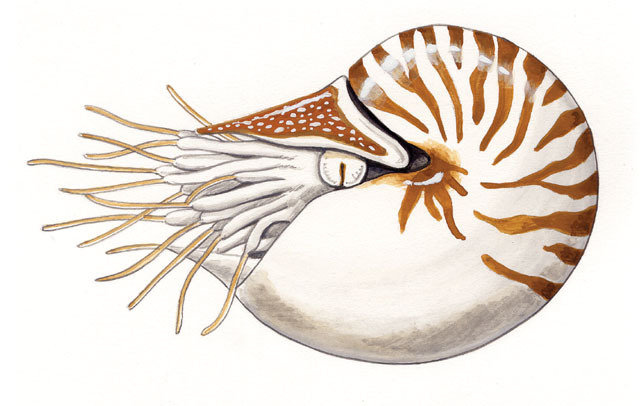
| < 0.001 % current | ~ 1 % current | ~ 100 % current | |
|---|---|---|---|
| ************ | **** | ** | |
| drift | ** | ******** | ************ |
|
size |
* | **** | ********** |
[O2]
Ne
Why did Eukaryote genomes get so big?
- Two general theories:
- Energy: Mitochondria provide more power to support large genomes
- Drift: "Relaxed" selection, allowing expansion through random processes


Evolution "acts" on changes
- If advantageous, may be selected for
- If deleterious, may be "purified"
- If neutral, may be retained
- Function of "effective population size" (Ne)
- High Ne = selection acts efficiently
- Low Ne = selection acts ineffciently
- Neutral / weakly deleterious changes retained
- Leads to "genetic drift"
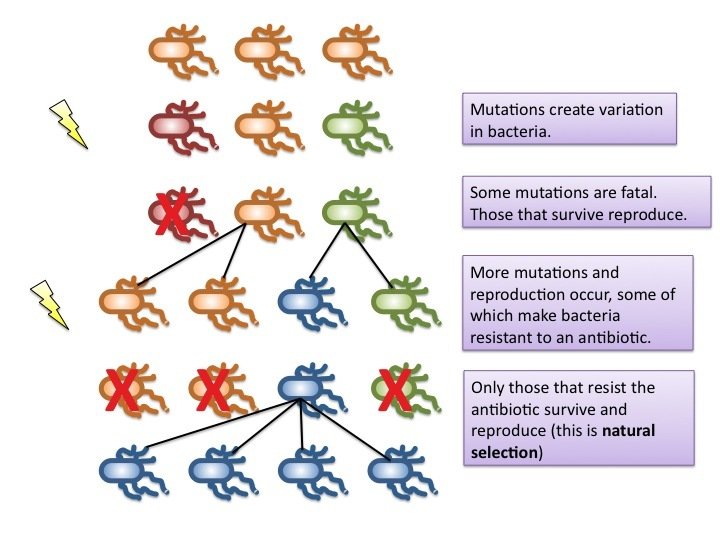
Abdundant, high Ne =
Drift is weak,
selection strong
Rare, low Ne =
Drift is strong, selection weak

Ne (relative scale)
But... this depends on strength of selection:
Evolution "acts" on changes
At the gene level:
- If advantageous, may be selected for
- If deleterious, may be "purified"
- If neutral, may be retained
- Leads to "genetic drift"
At the species level:


StFX Teaching Mini-Lecture, March 2021
By jcmcnch
StFX Teaching Mini-Lecture, March 2021
How do genomes evolve in organisms ranging from the smallest viruses and prokaryotes to complex eukaryotes? What are similarities and differences? What processes are responsible? What is yet unknown about the "book of life"?
- 63



